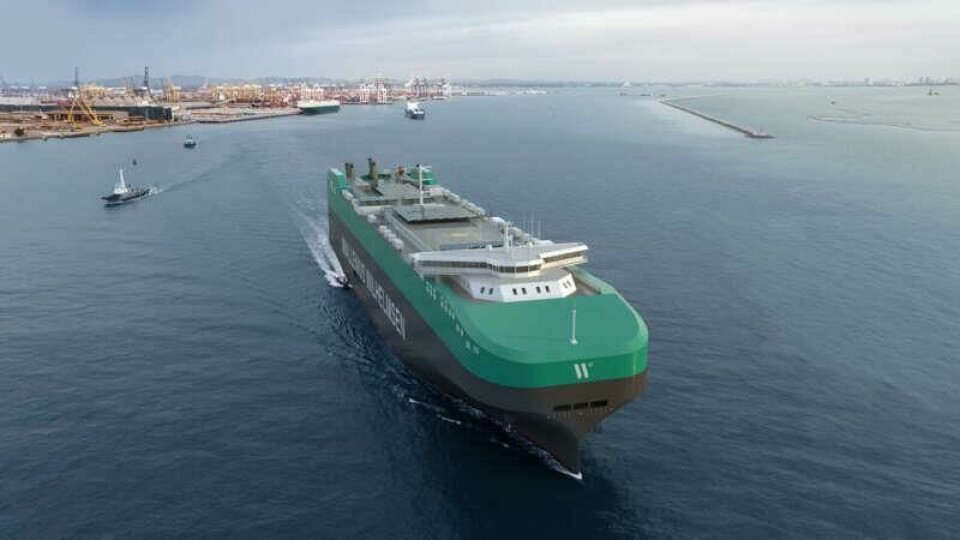Wallenius Wilhelmsen increases car carrier capacity
Wallenius Wilhelmsen has modified its order for four Shaper Class vessels from China’s Jinling Shipyard, increasing the capacity of each from 9,300 car equivalent units (CEU) to 11,700 CEU. It means the pure car and truck carriers (PCTCs) will be the largest such vessels so far put into operation.

The company has 12 Shaper Class vessels currently on order to address the need for more capacity in finished vehicle ocean transport and to meet sustainability goals. Wallenius said the vessels will play an important role in its goal of becoming a provider of net-zero logistics by 2027. Ocean services will be supported by supported by clean land-based transport and logistics.
“Providing significant savings on fuel and emissions in comparison to the current fleet and with both unparalleled capacity and the highest ramp strength in the order book, these vessels are truly fit for the future” said Xavier Leroi, executive vice-president and COO of shipping services at Wallenius Wilhelmsen.
The four upsized vessels will also be equipped with dual fuel engines and be able to run on methanol. They will be equipped with improved ramp strength, have significant high and heavy capacity and are designed to be energy efficient.
The first of the Shaper Class vessels already ordered are expected to be delivered in the second half of 2026 and the four upsized vessels will be delivered in late 2027.
Finished vehicle logistics has affected customer order fulfilment over the last couple of years because of capacity constraints, stemming from the Covid crisis when providers cut back on fleets, labour and capacity. That has been exacerbated by geopolitical disruption in the Red Sea, which has lengthened shipping routes and increased rates. There are estimated to be around 200+ vessels currently on backorder. Earlier this year, at Automotive Logistics and Supply Chain Europe, representatives of Ford, Sallaum Lines, Inform and RPM discussed capapcity constraints, port congestion and the pros and cons of direct chartering of vessels.
However, stakeholders are making concerted efforts to build in more resilience to their planning, networks and strategies, and efforts such as those by Wallenius Wilhelmsen aim to re-establish capacity at the same time as decarbonsing transport.





